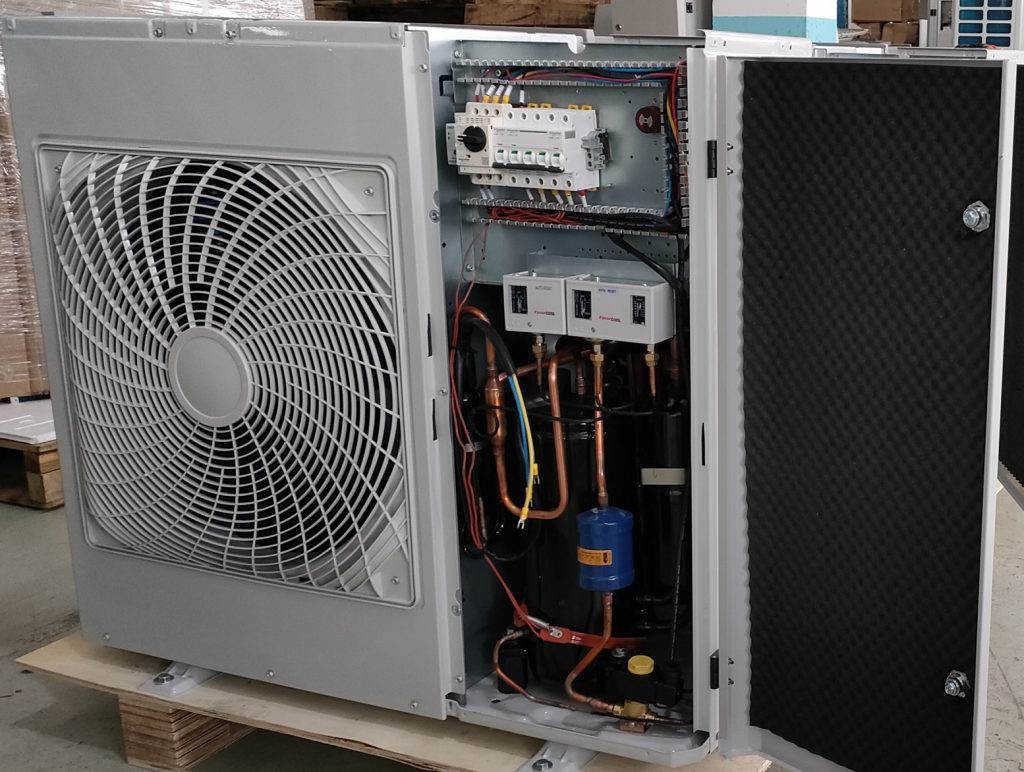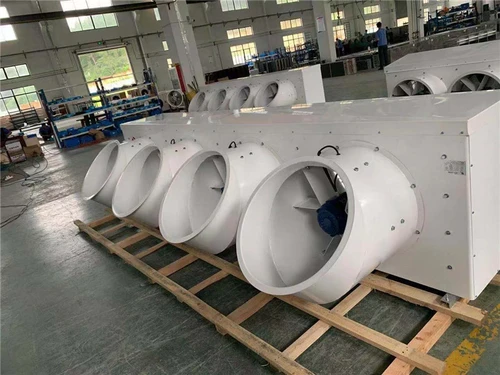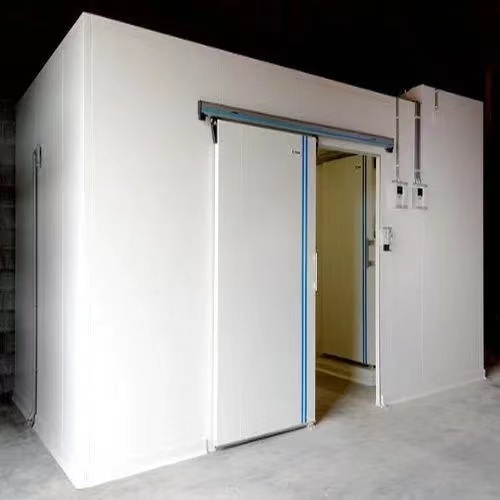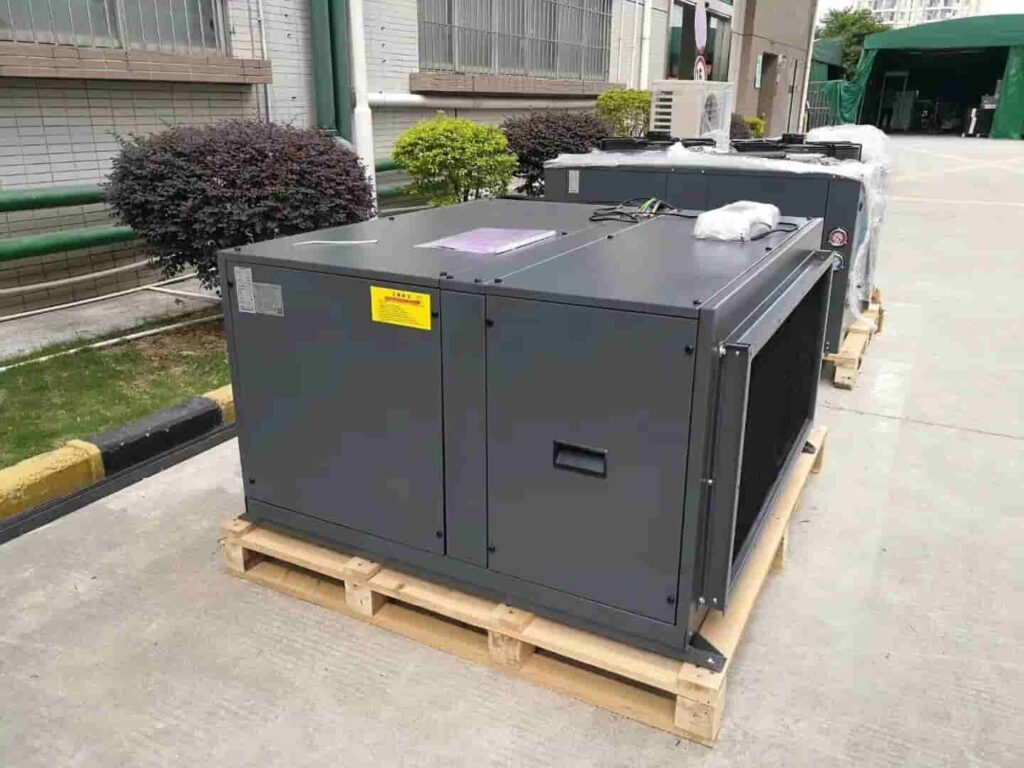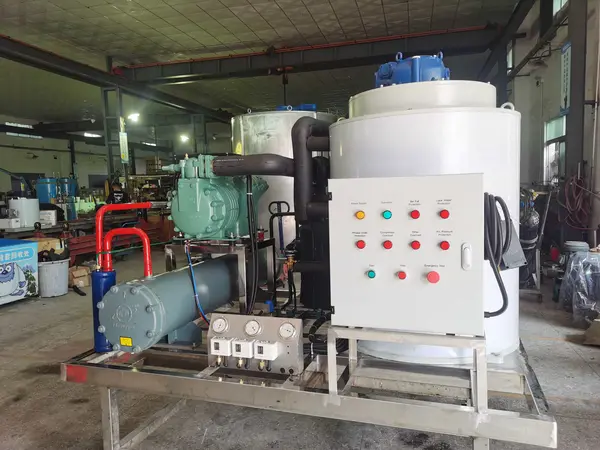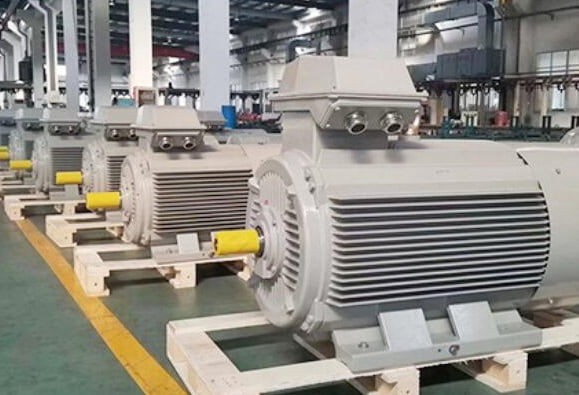Cold Room joue un rôle essentiel dans la préservation des marchandises périssables, comme la nourriture, médical, etc.. Cependant, Quand un feu se produit, Il présente des risques importants en raison des caractéristiques uniques.
Dangers sur les incendies de la pièce froide
1. Prise de feu rapide
De nombreuses chambres froides utilisent des matériaux d'isolation comme la mousse de polyuréthane (PU) ou polystyrène (PS), qui sont très inflammables. Une fois enflammé, le feu peut se propager rapidement, engloutir l'installation en peu de temps.
2. Défis dans la lutte contre les incendies
L'environnement à basse température et les espaces fermés dans une pièce froide rendent les opérations de lutte contre les incendies. Les méthodes d'extinction standard peuvent ne pas être efficaces en raison des températures sous-zéro.
3. Libération de gaz toxique
Certain réfrigérants Utilisé dans les systèmes de chambres froids peut se décomposer à des températures élevées, libérer des gaz toxiques et dangereux. Ces gaz posent de graves risques pour les pompiers et le personnel voisin.
4. Pertes économiques graves
Chambre froide Les incendies peuvent détruire les produits coûteux stockés en vrac, entraîner des pertes financières substantielles pour les entreprises et perturber les chaînes d'approvisionnement.
5. Menaces pour la vie humaine
La combinaison d'espaces confinés, gaz toxiques, et les explosions potentielles augmentent le risque de blessures et de décès.
Causes des incendies de chambre froids
1. Échecs électriques
Vieillissement ou câblage surchargé: Les systèmes électriques usés ou surchargés peuvent provoquer des courts-circuits, étinceler les incendies.
Installation incorrecte: Un équipement électrique mal installé ou de qualité inférieure augmente le risque d'incendie.
2. Fuites de réfrigérant
Réfrigérants comme l'ammoniac ou les hydrocarbures inflammables, S'il est divulgué et exposé à la chaleur ou aux flammes ouvertes, peut enflammer ou provoquer des explosions.
La corrosion des pipelines ou un mauvais entretien est souvent la raison des fuites.
3.Matériaux d'isolation inflammable
Matériaux d'isolation tels que polyuréthane (PU) mousse sont hautement combustibles et peuvent libérer de la fumée dense et des gaz toxiques lorsqu'ils brûlent.
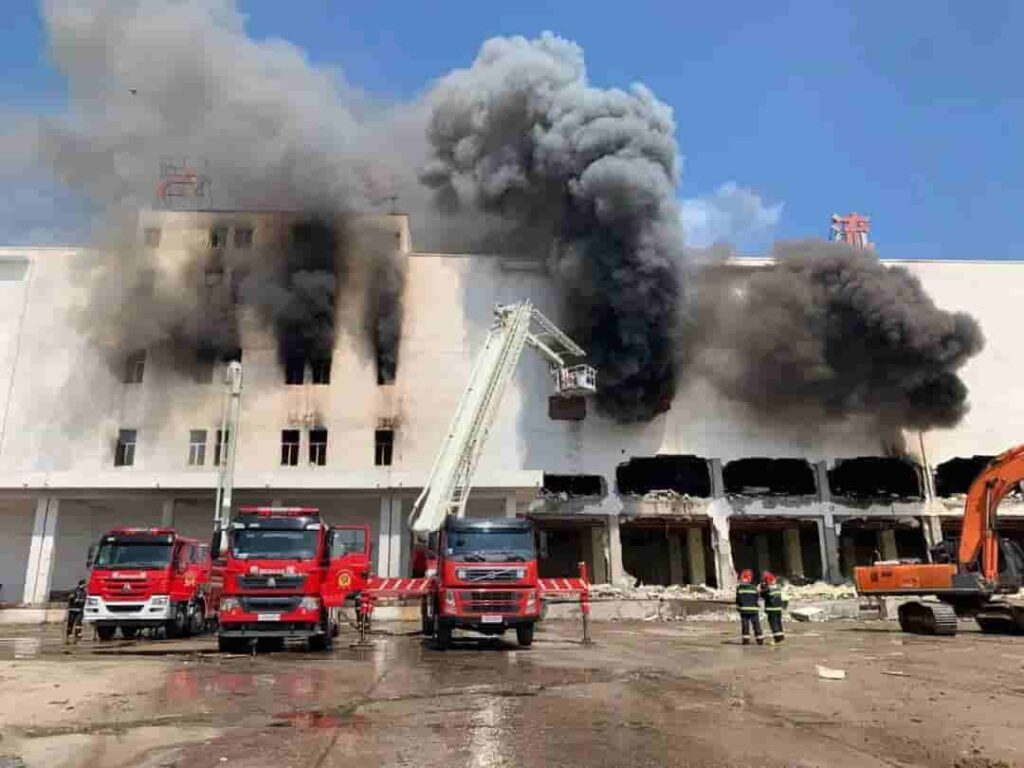
4.Erreur humaine
Soudage ou travail chaud: Soudage non autorisé ou utilisation de flammes ouvertes près des matériaux combustibles.
Fumer dans des zones restreintes: Les sources d'allumage comme les cigarettes peuvent entraîner des incendies dans des environnements sensibles.
5.Systèmes de protection contre les incendies défectueux ou manquants
L'absence de systèmes de suppression automatique des incendies ou d'alarmes incendie défectueuses retarde souvent la détection et le confinement des incendies.
Mesures préventives pour les incendies de la chambre froide
1. Conception améliorée des installations et sélection de matériaux
Utilisez des matériaux d'isolation non incombustibles ou résistants au feu pour réduire le risque de propagation rapide.
Incorporer des barrières d'incendie et des voies d'évacuation bien conçues dans les dispositions d'installation.
2. Pratiques de sécurité électrique
Effectuer des inspections régulières du câblage et de l'équipement électriques pour assurer la conformité aux normes de sécurité.
Installer des surtensions protecteurs, disjoncteurs, et les dispositifs électriques anti-explosion dans les zones à haut risque.
3. Bonne gestion de réfrigérant
Surveiller les pipelines pour les fuites et assurer tous systèmes de réfrigération sont régulièrement entretenus.
Optez pour moins de réfrigérants dangereux pour minimiser les risques pendant un incendie.
4. Systèmes de protection contre les incendies améliorés
Équipez les installations de systèmes de suppression de feu automatique, comme les systèmes de gicleurs et les systèmes d'extinction à base de gaz.
Assurez-vous que les extincteurs conviennent aux environnements à basse température et sont facilement accessibles.
5. Formation et sensibilisation aux employés
Effectuer des exercices d'incendie réguliers et une formation à la sécurité pour tout le personnel afin d'améliorer les capacités d'intervention d'urgence.
Appliquer des règles strictes contre le tabagisme et l'utilisation non autorisée des flammes ouvertes dans ou près du chambre froide zone.
6. Surveiller et détection précoce
Installer des systèmes de détection d'incendie, y compris les détecteurs de fumée et de chaleur, Assurer l'alerte précoce.
Utilisez des systèmes de moniteur de température et de gaz pour identifier les anomalies avant de dégénérer.
Conclusion
Chambre froide Le feu est souvent dû à la négligence dans la gestion et à des mesures de protection insuffisantes. Uniquement en mettant en œuvre une gestion méticuleuse à toutes les étapes - concevoir, opération, et maintenance - peut minimiser efficacement le risque d'incendie. Prioriser la sécurité est la plus grande protection pour les vies et les biens.
Tout commentaire?
Bienvenue laisser un message ou reposter.




